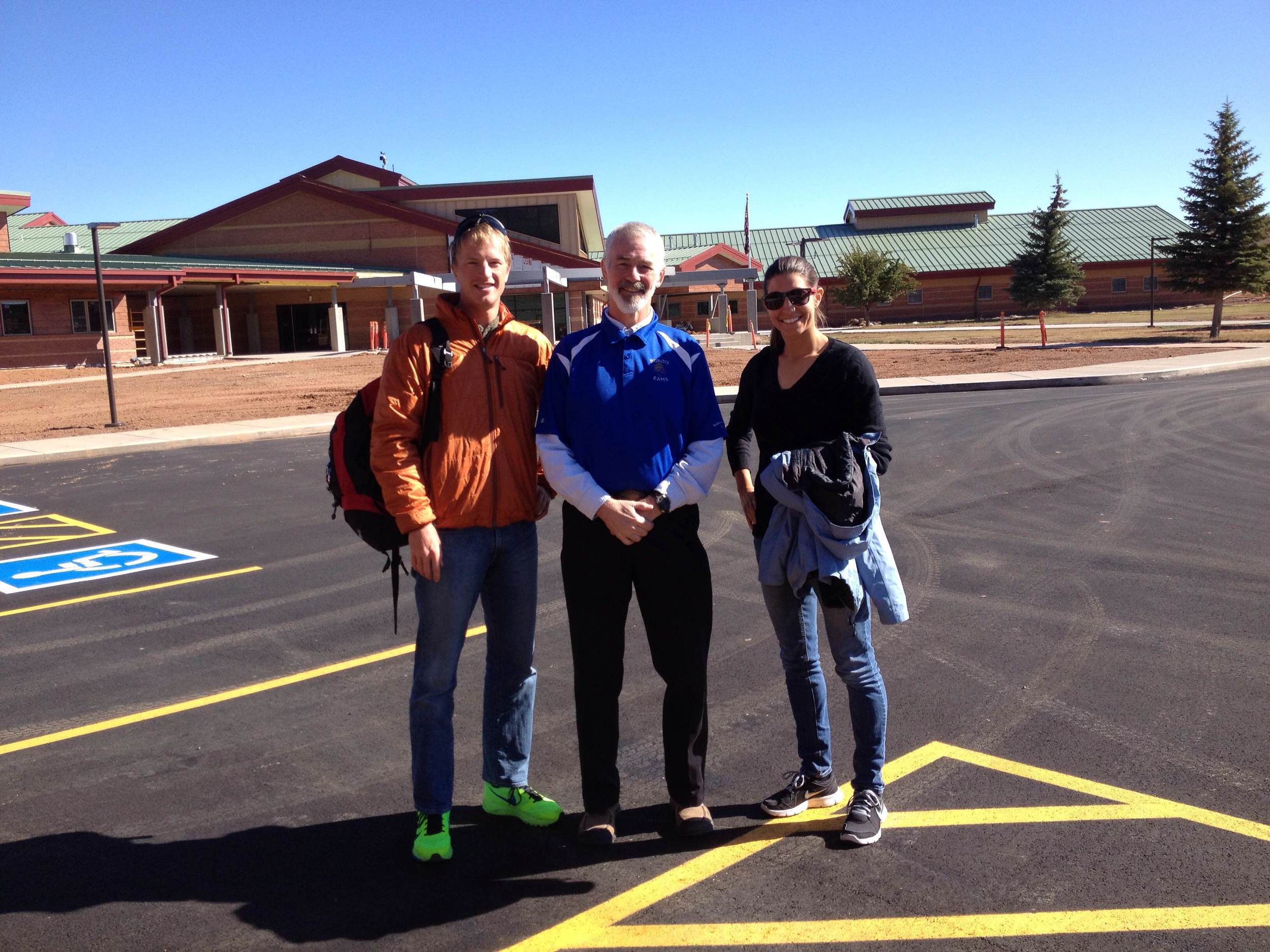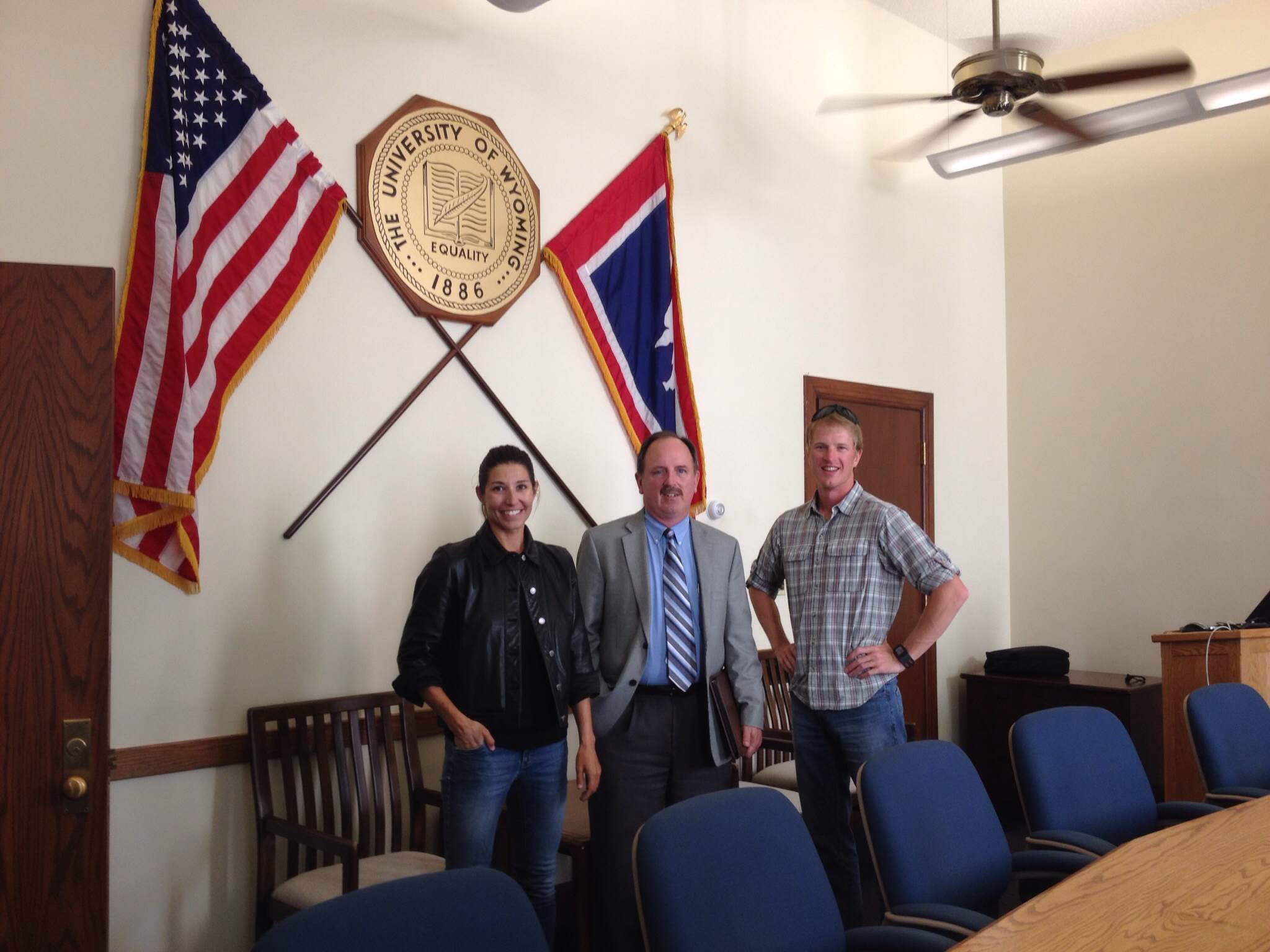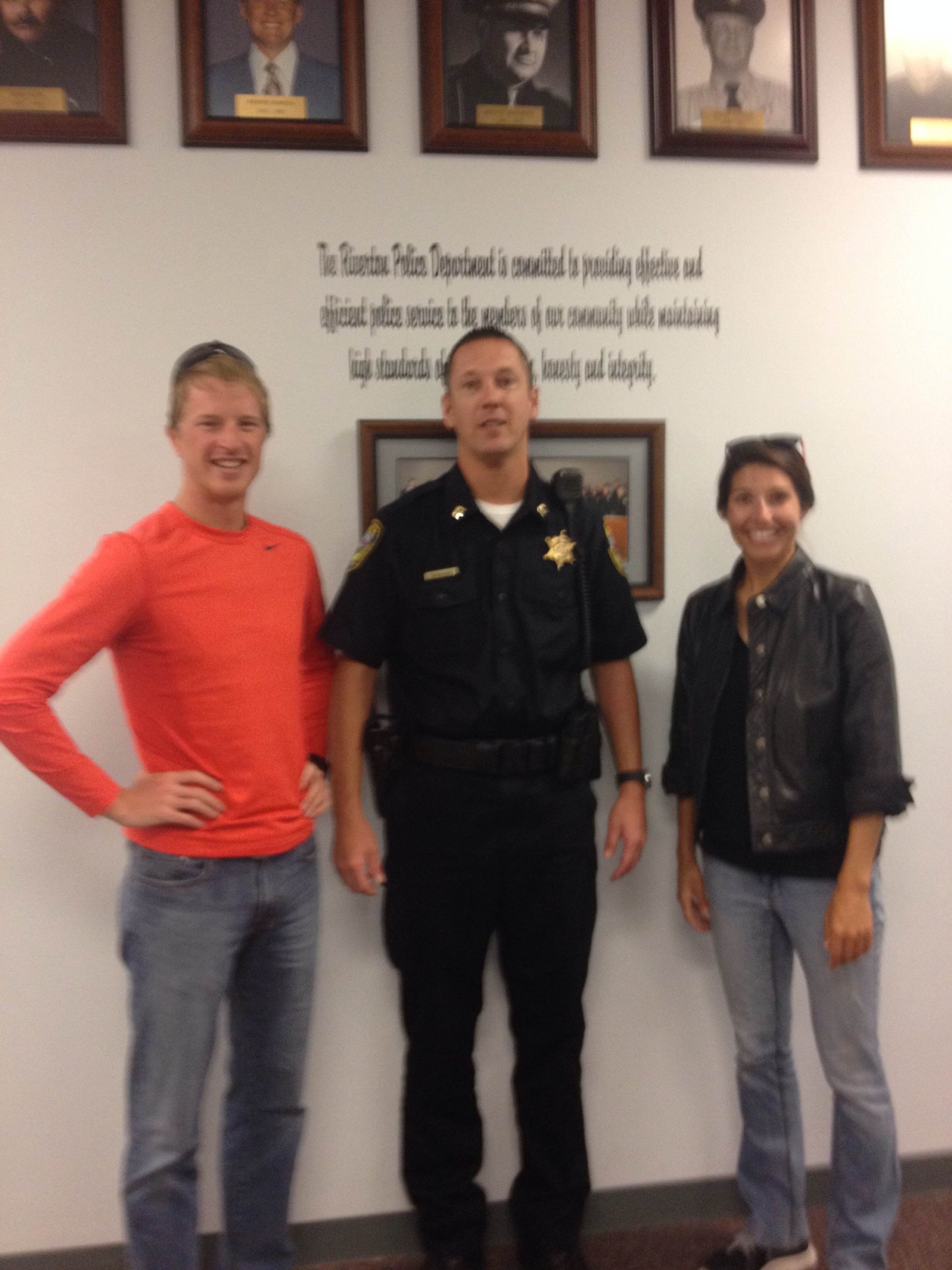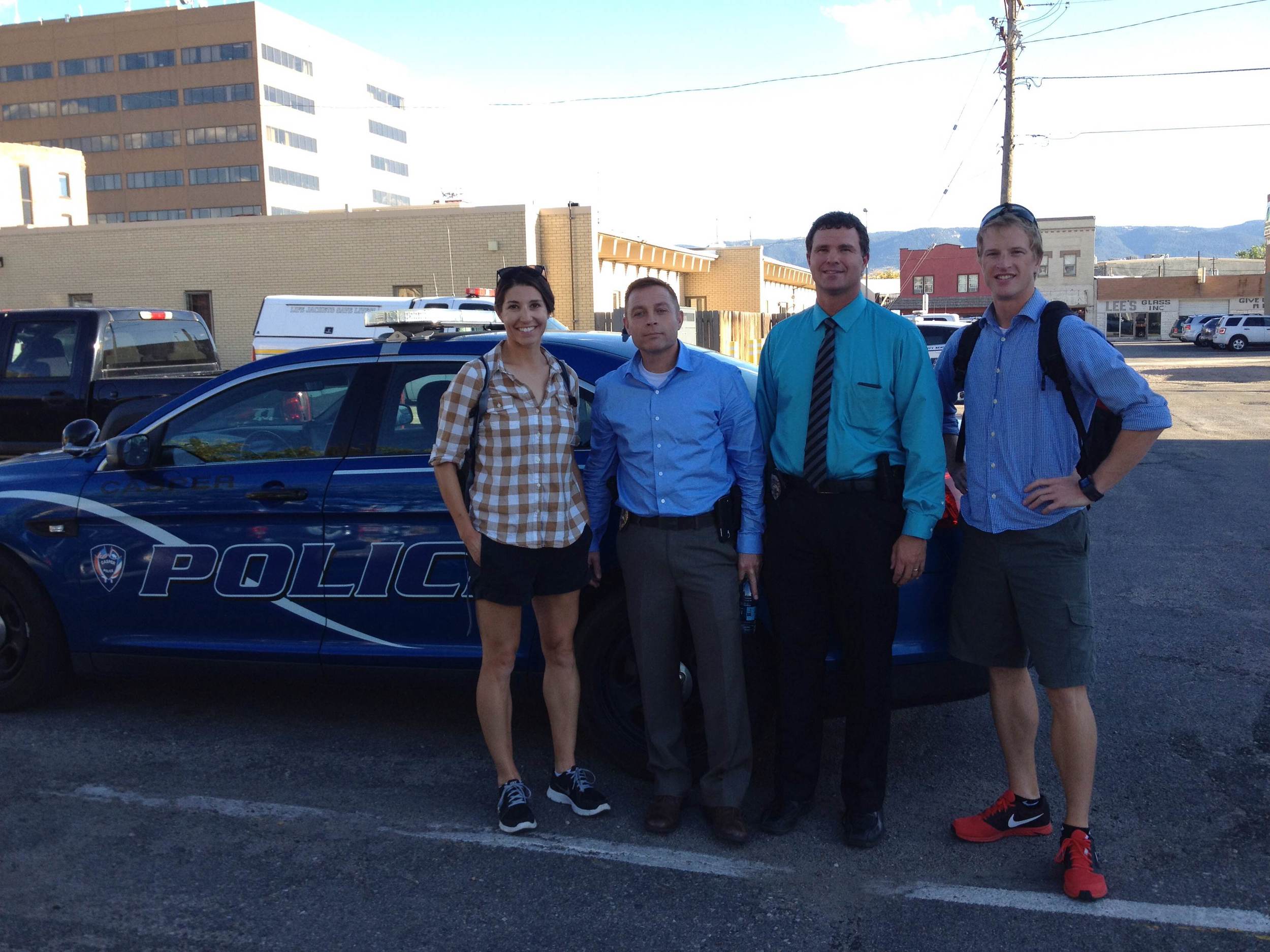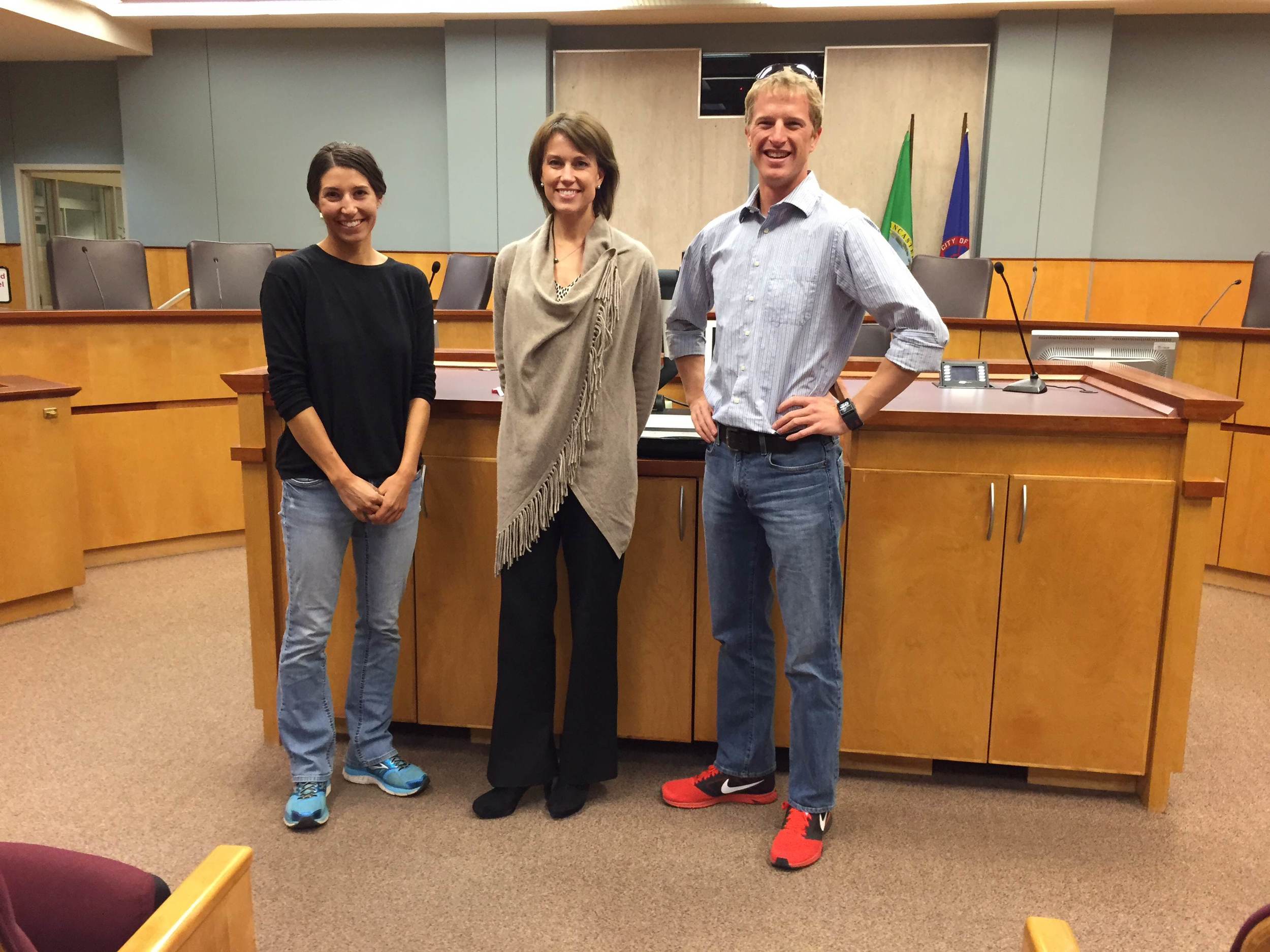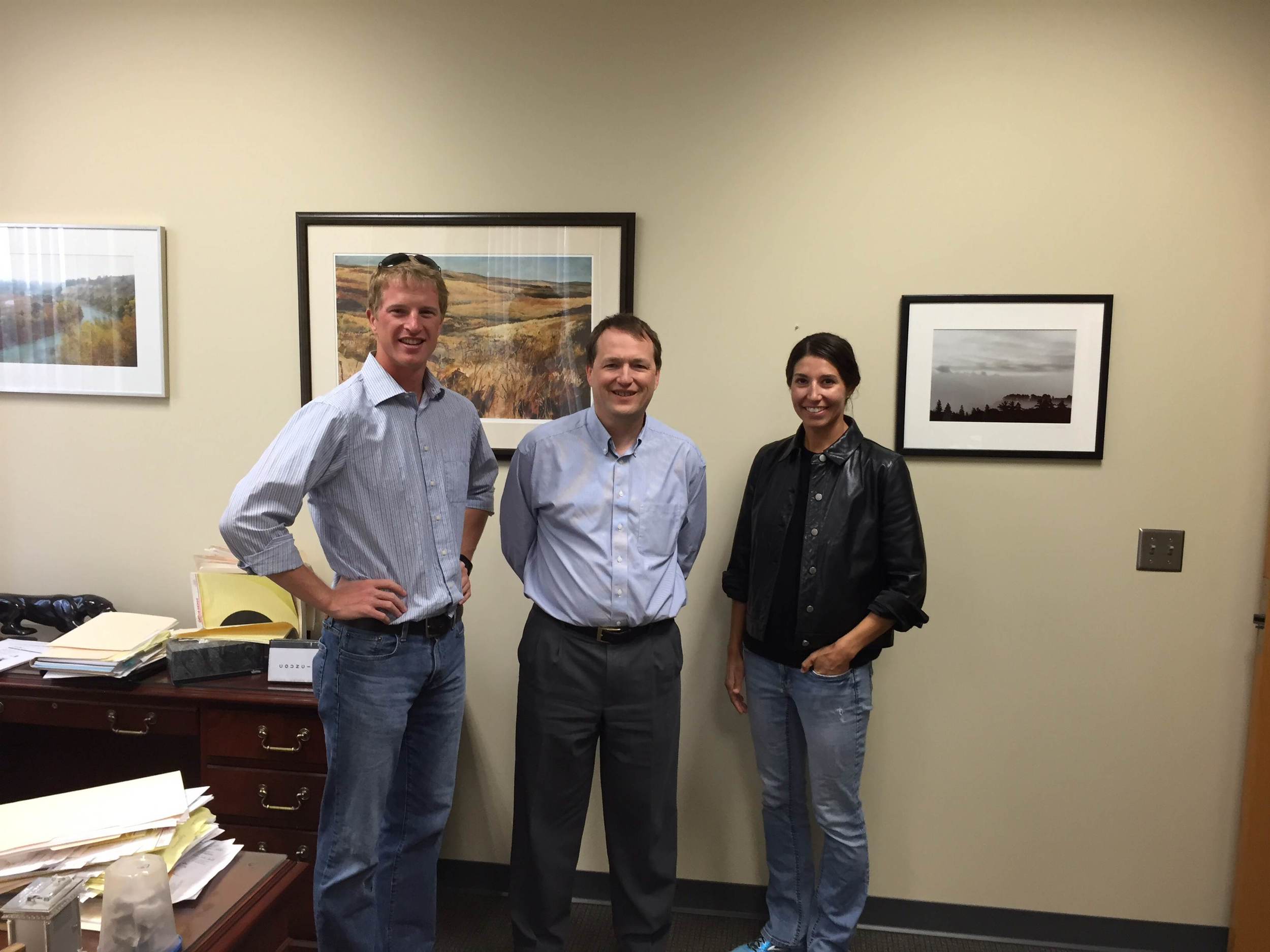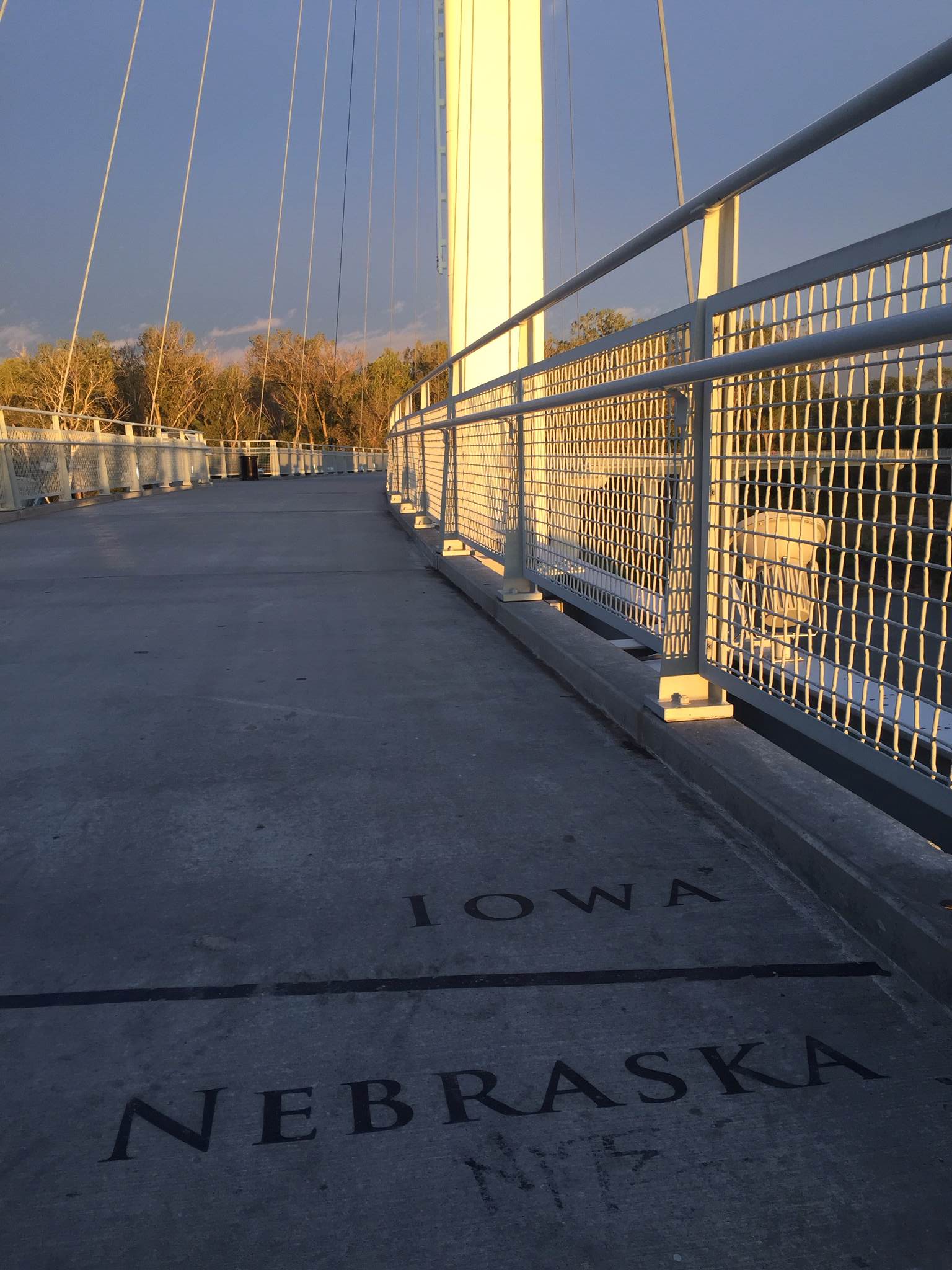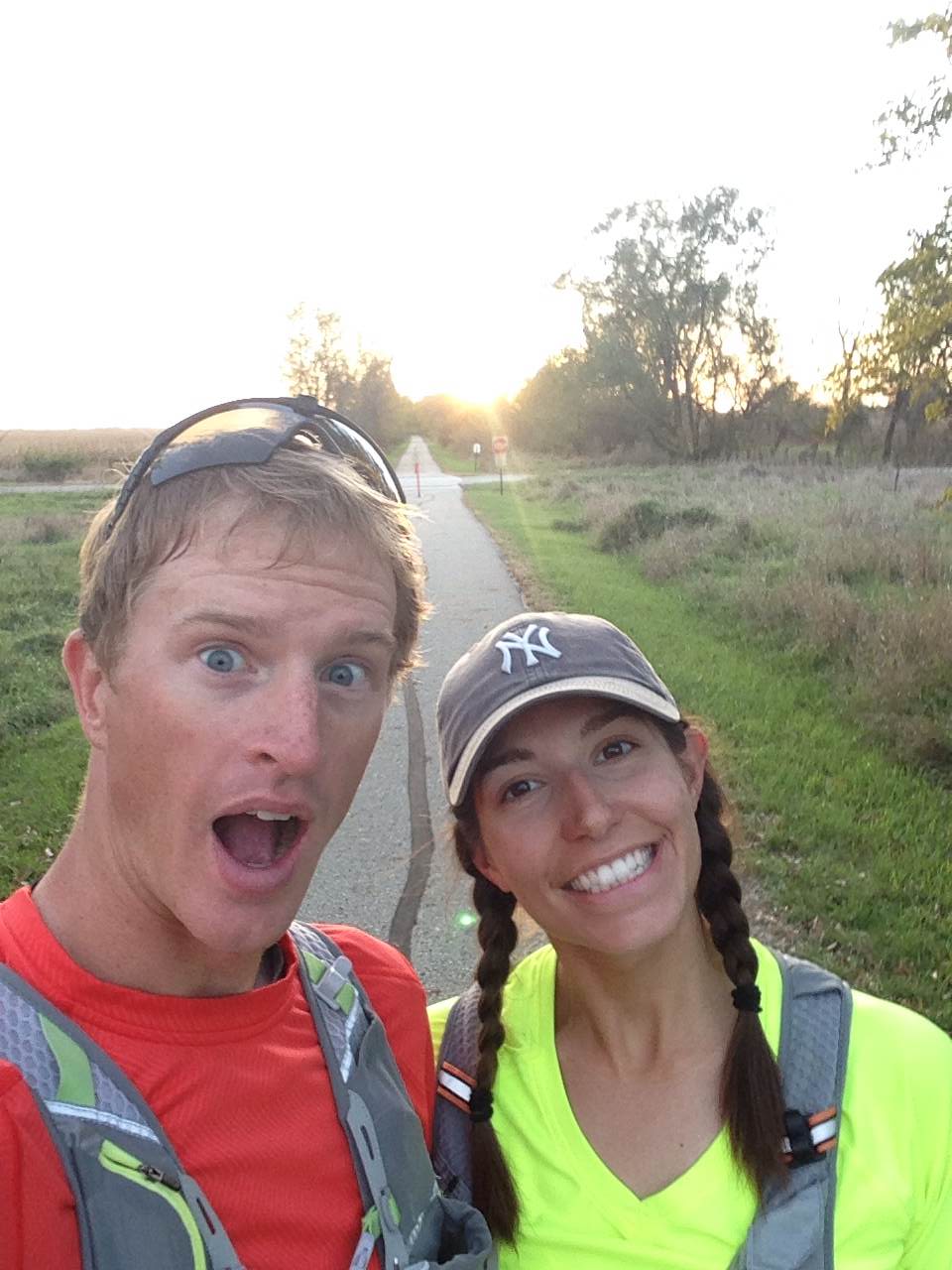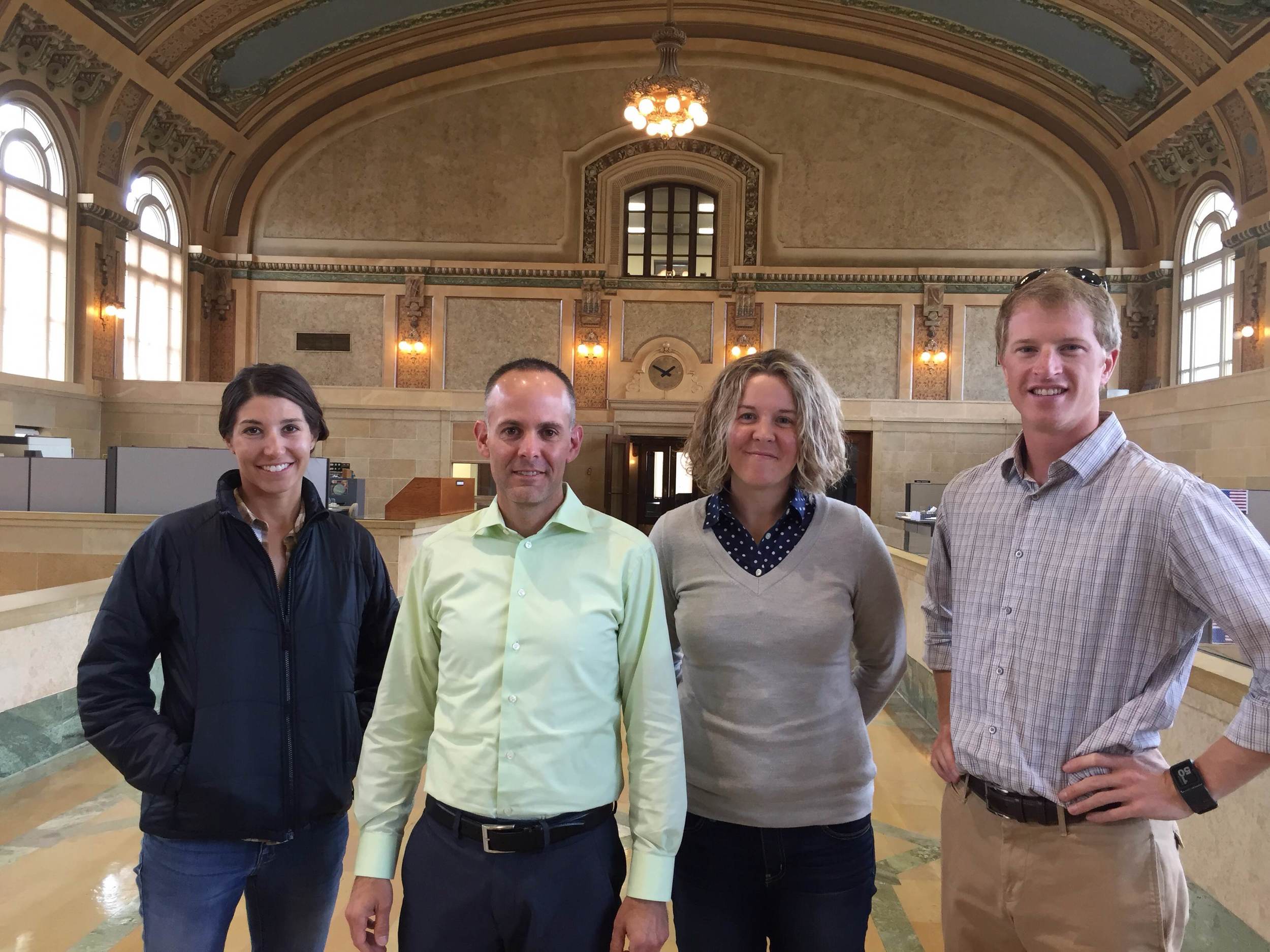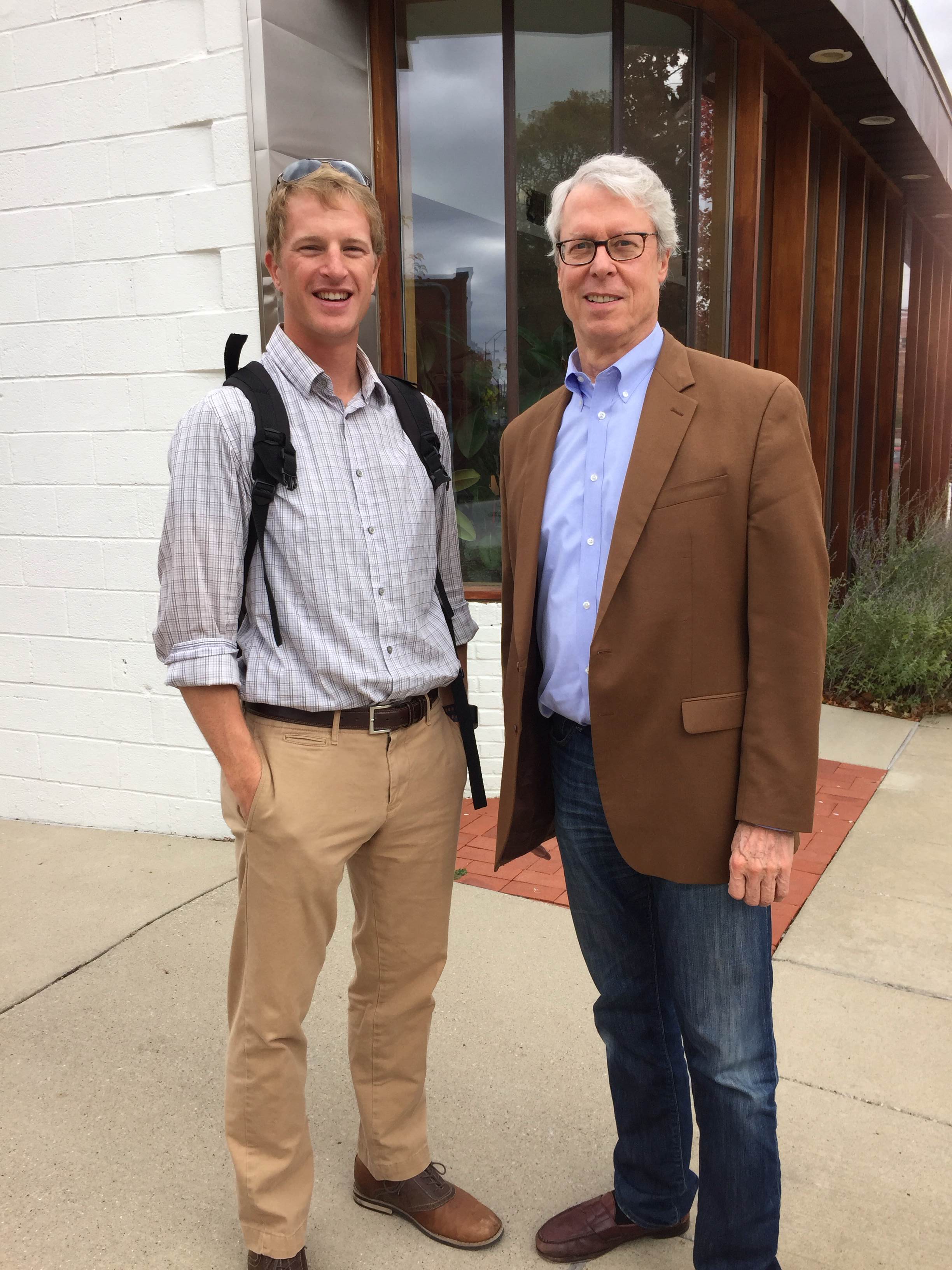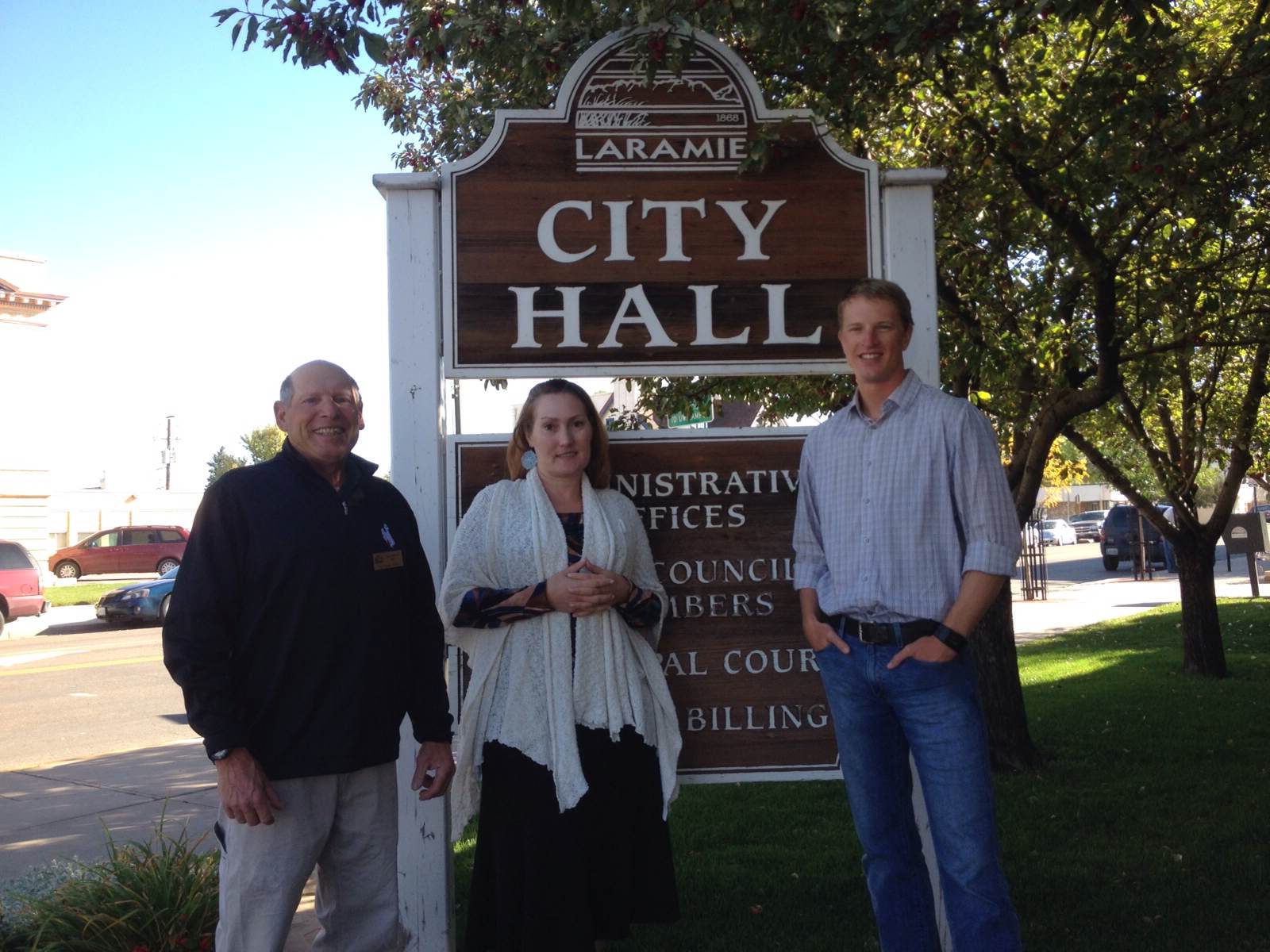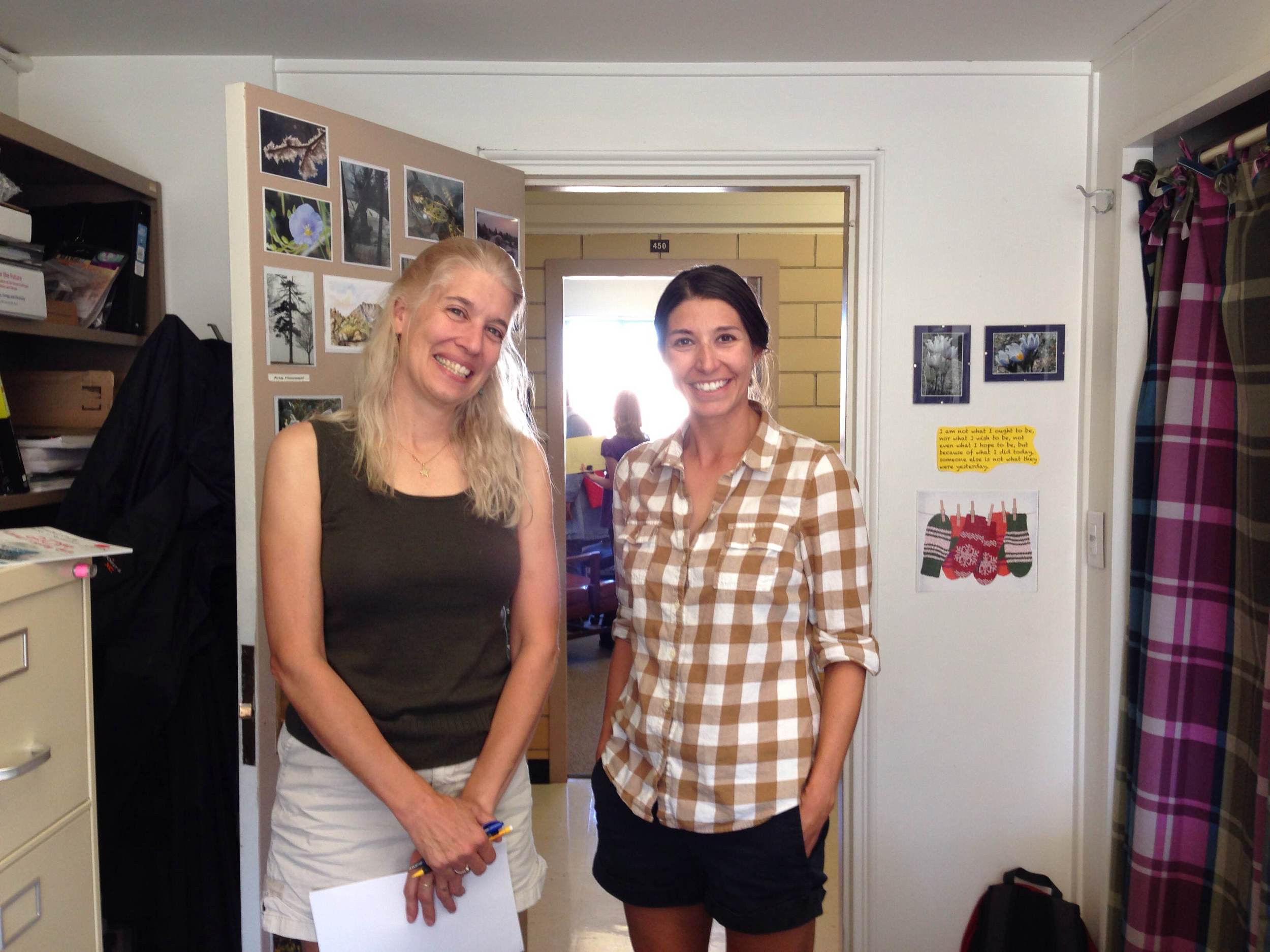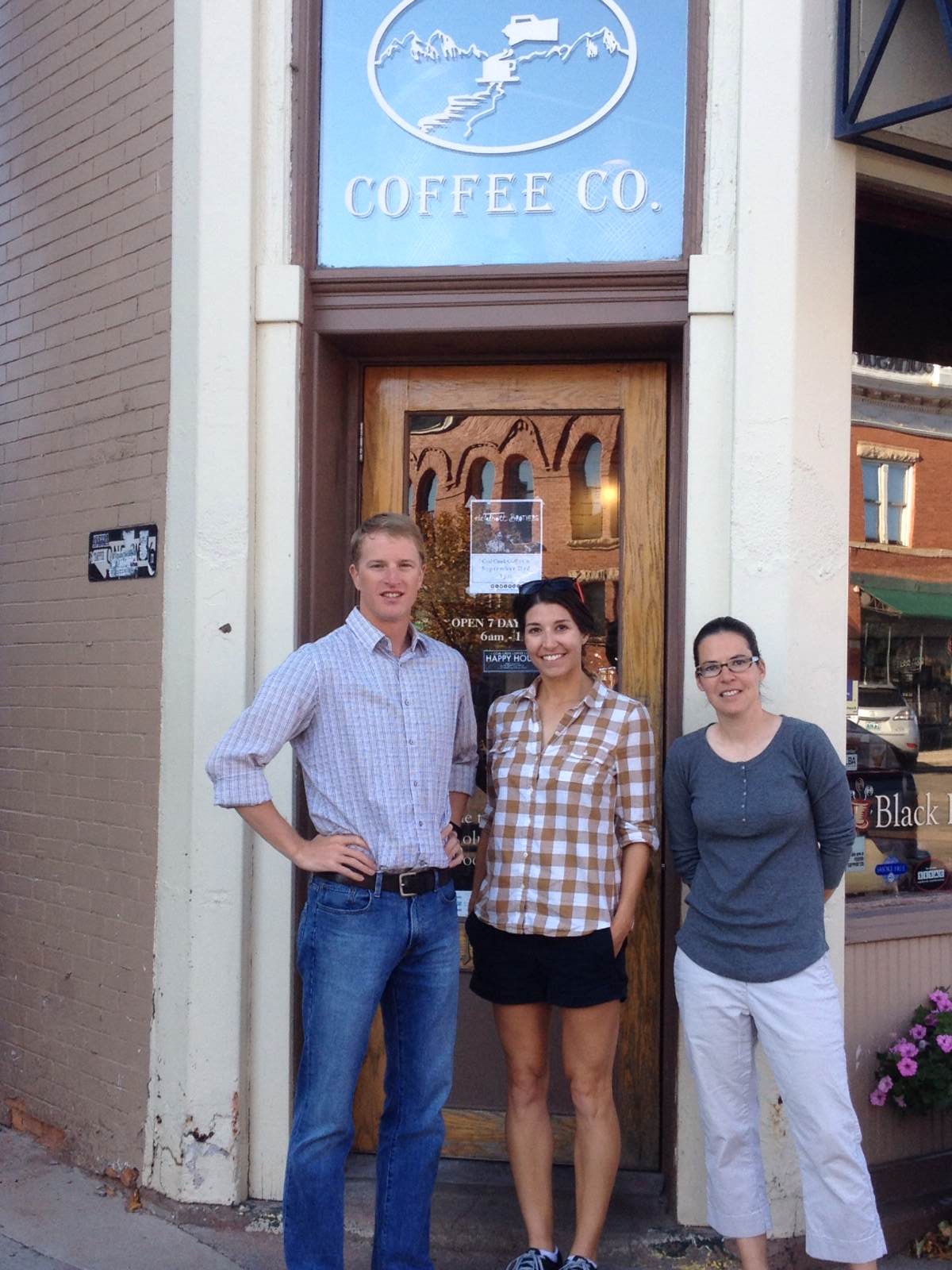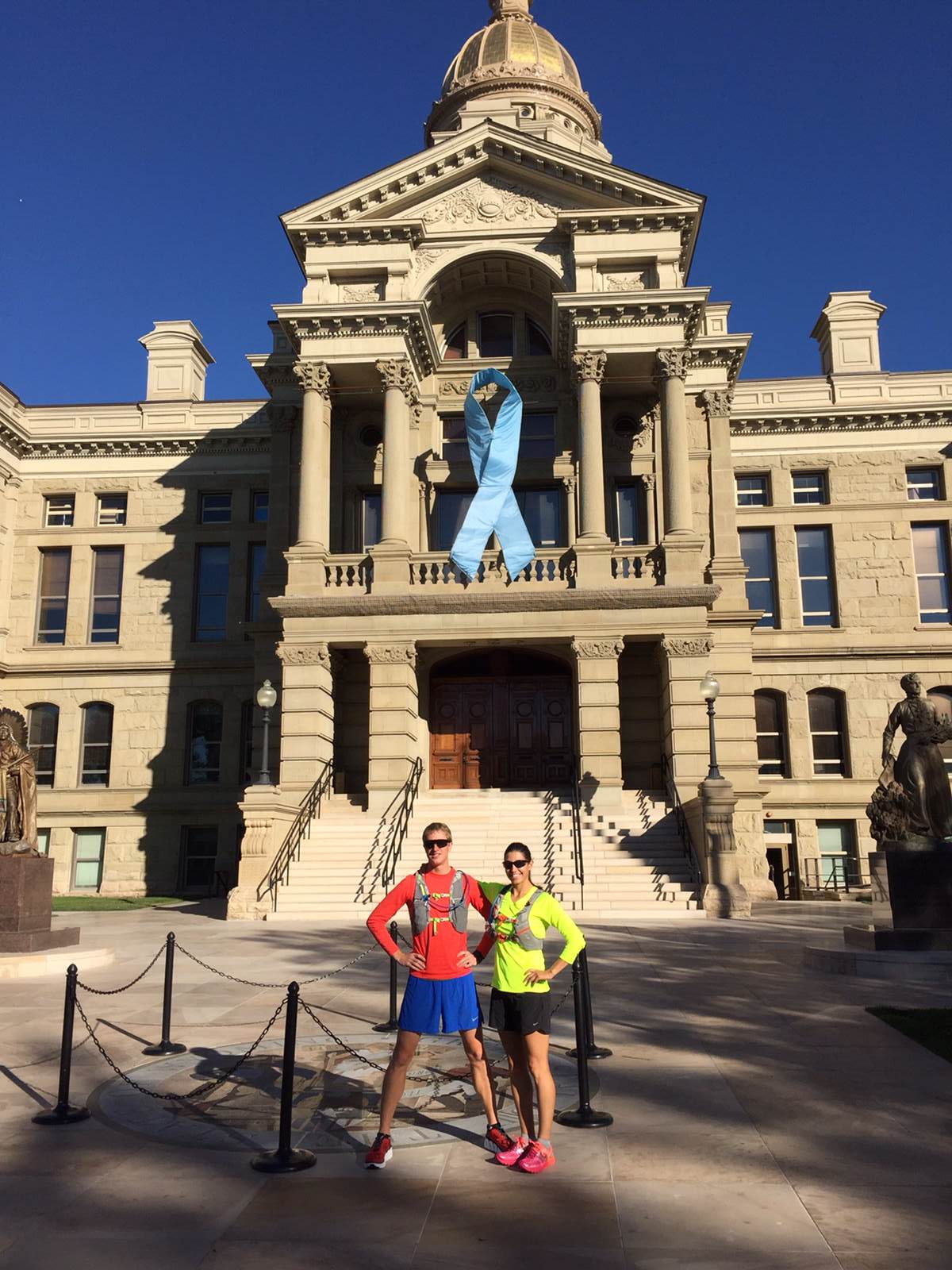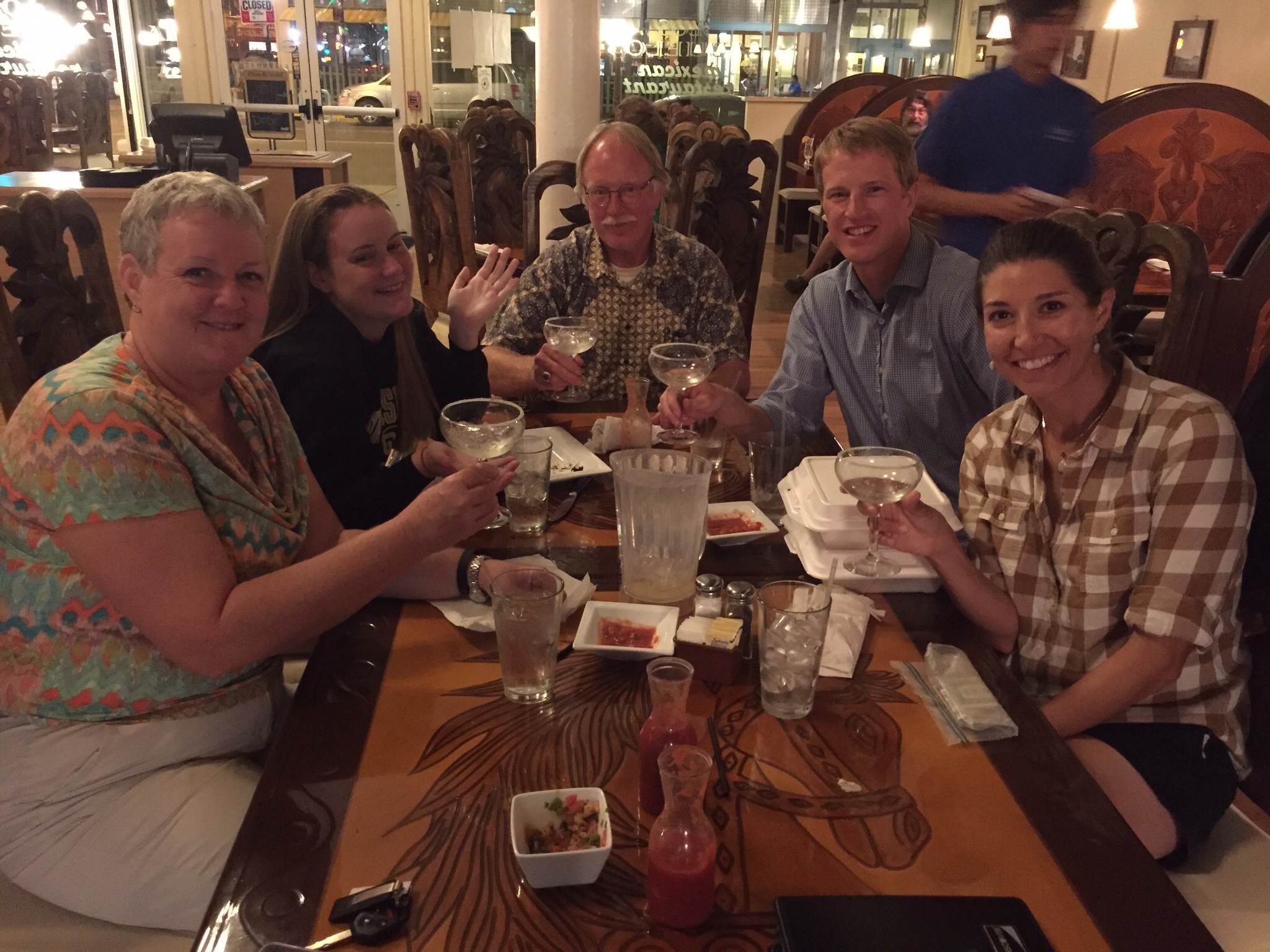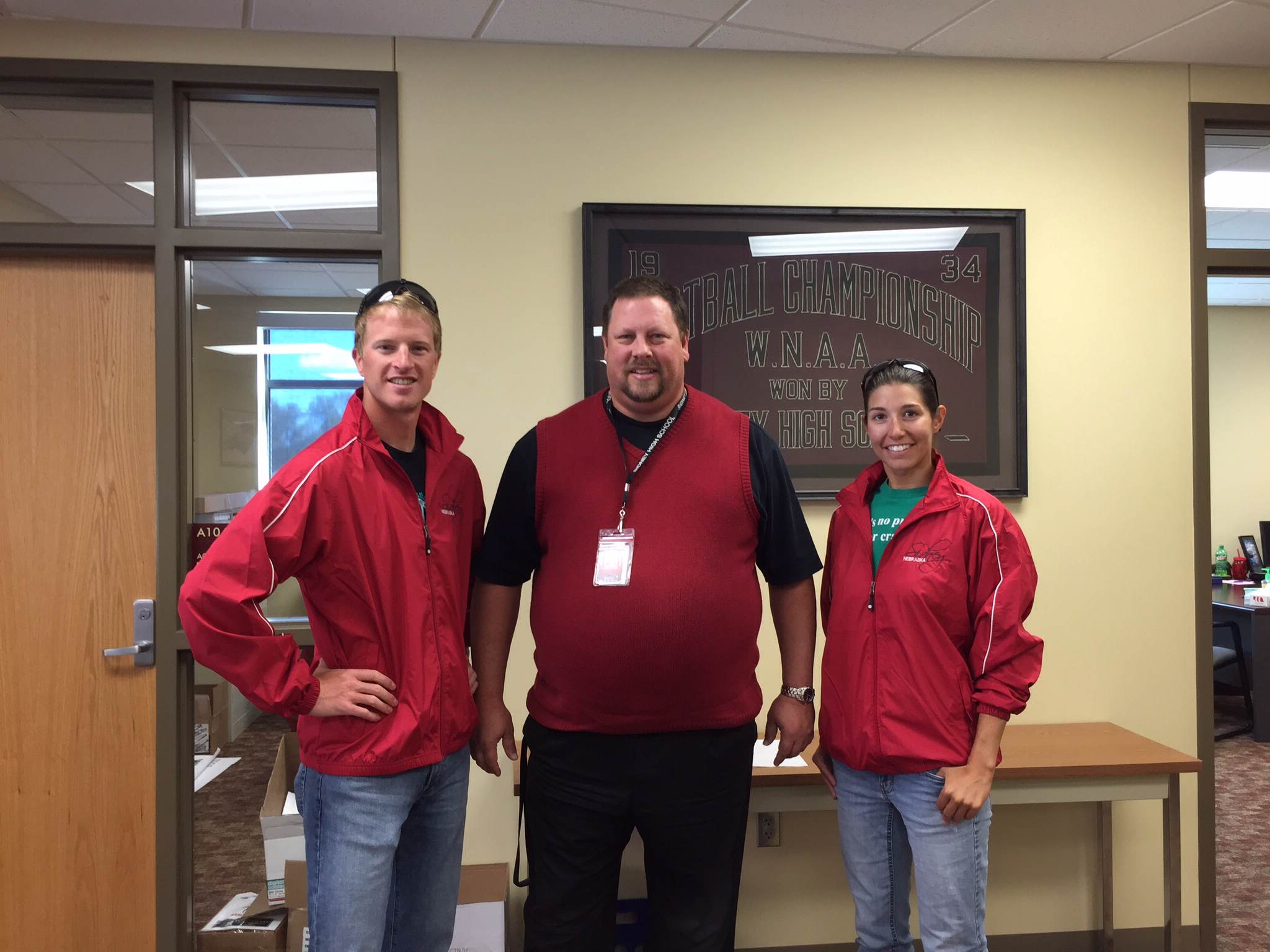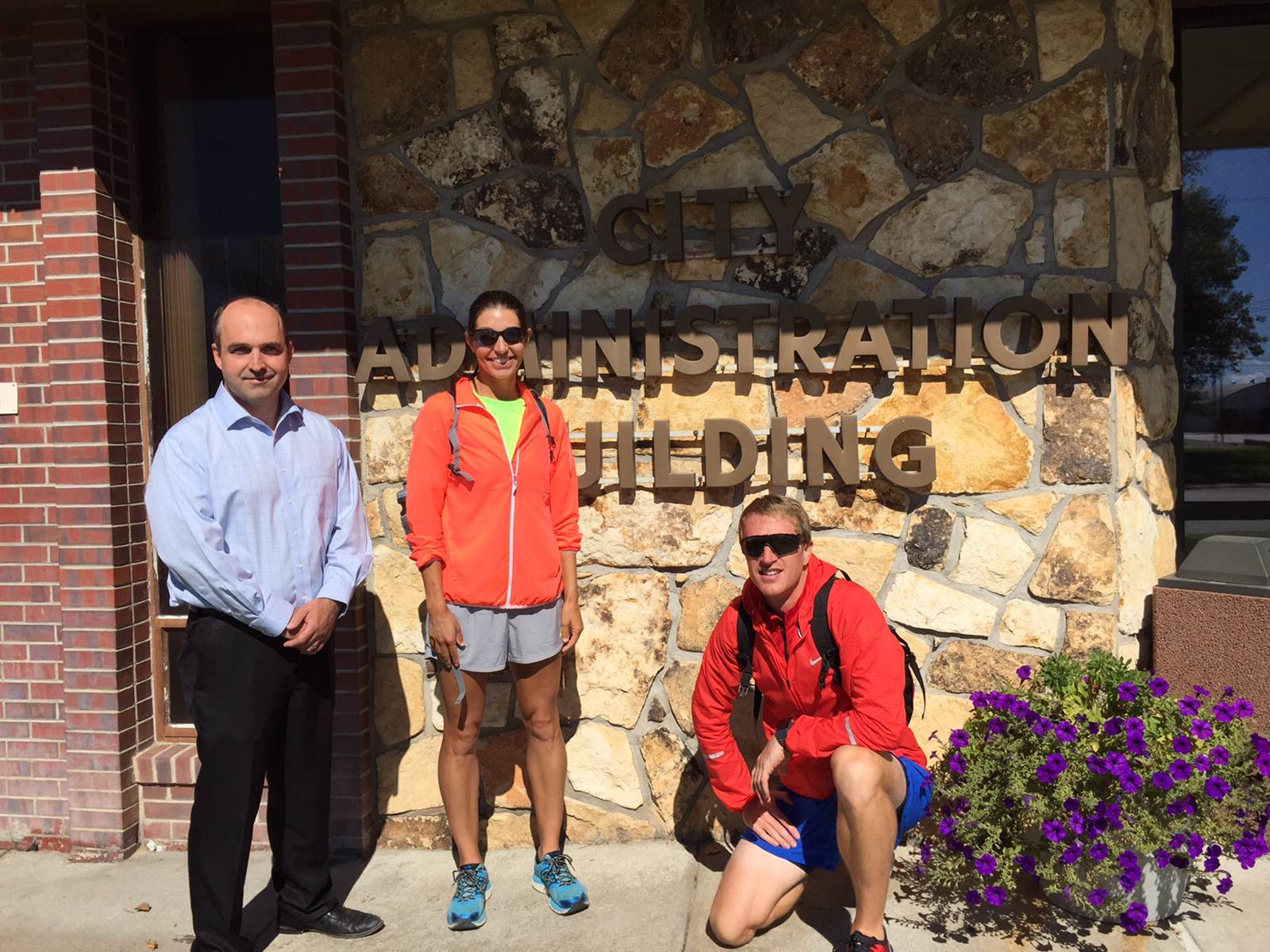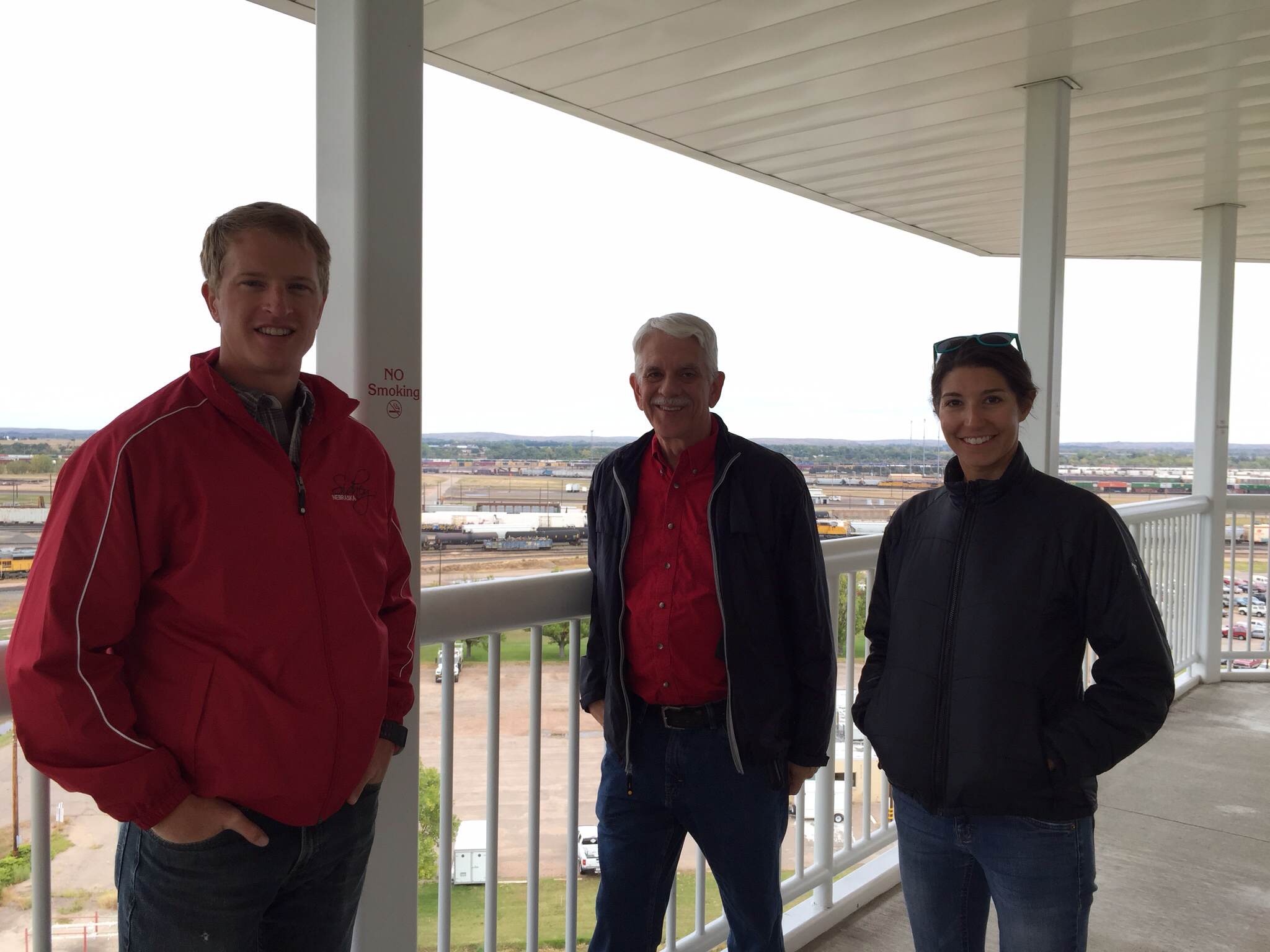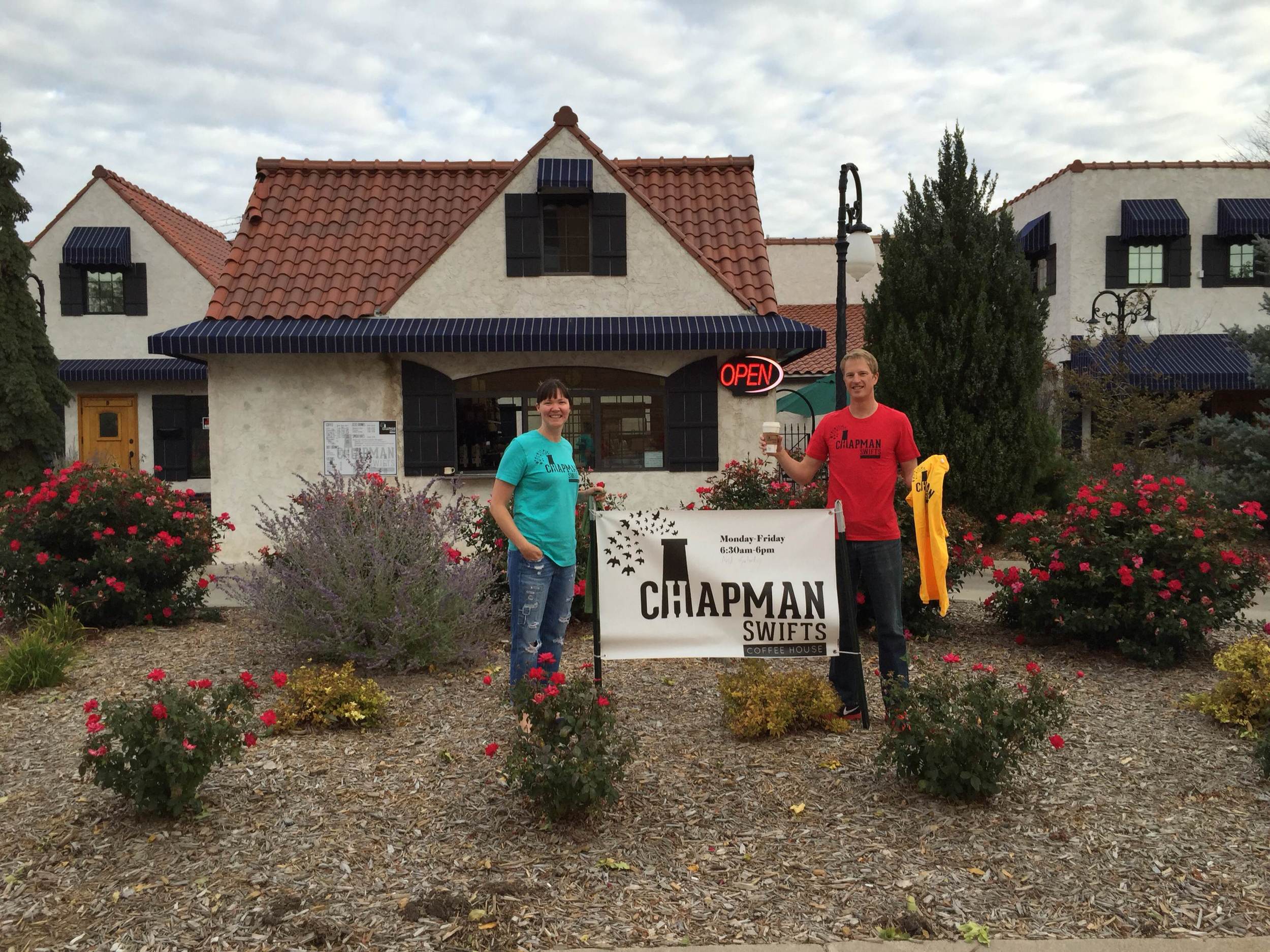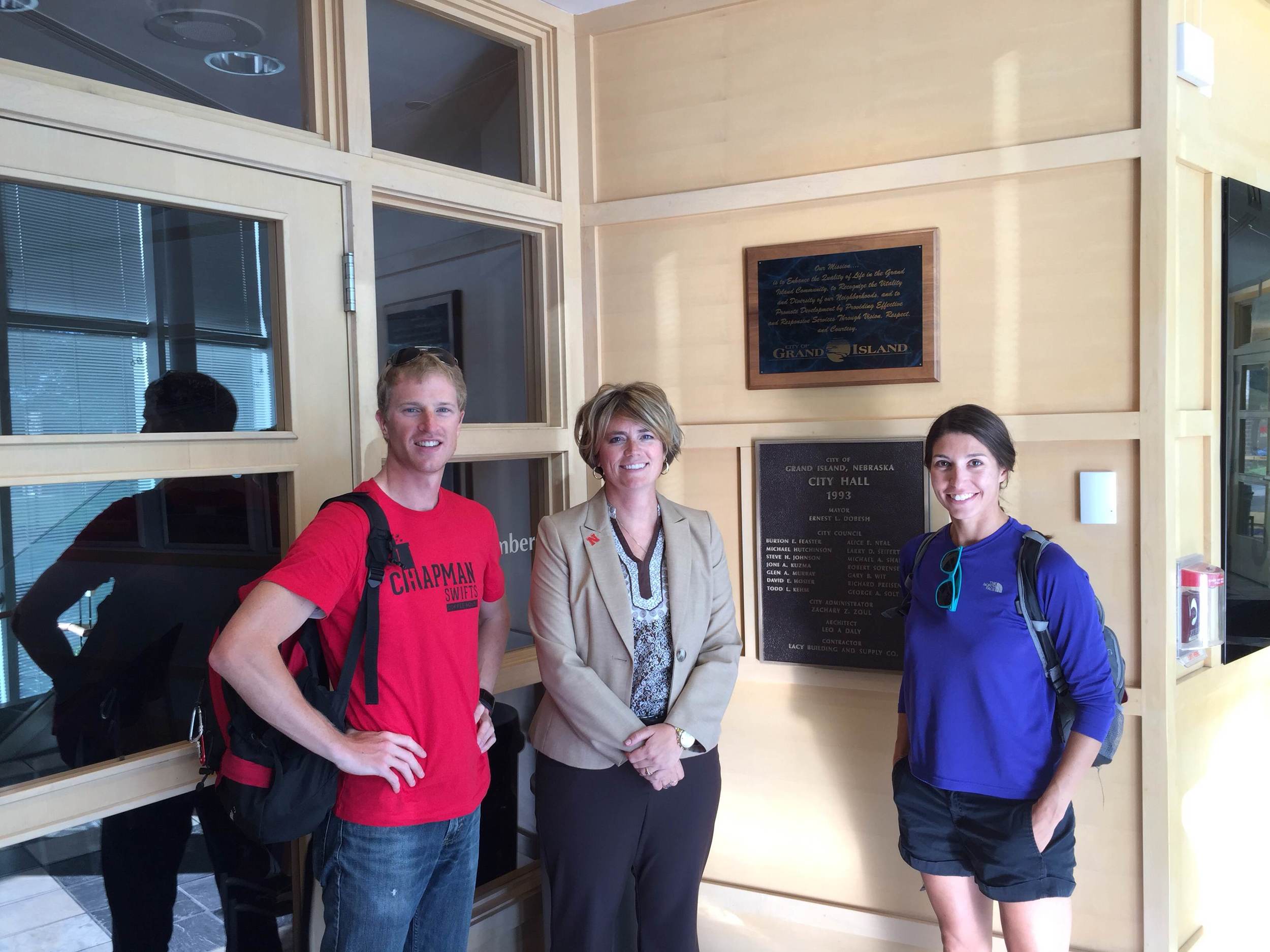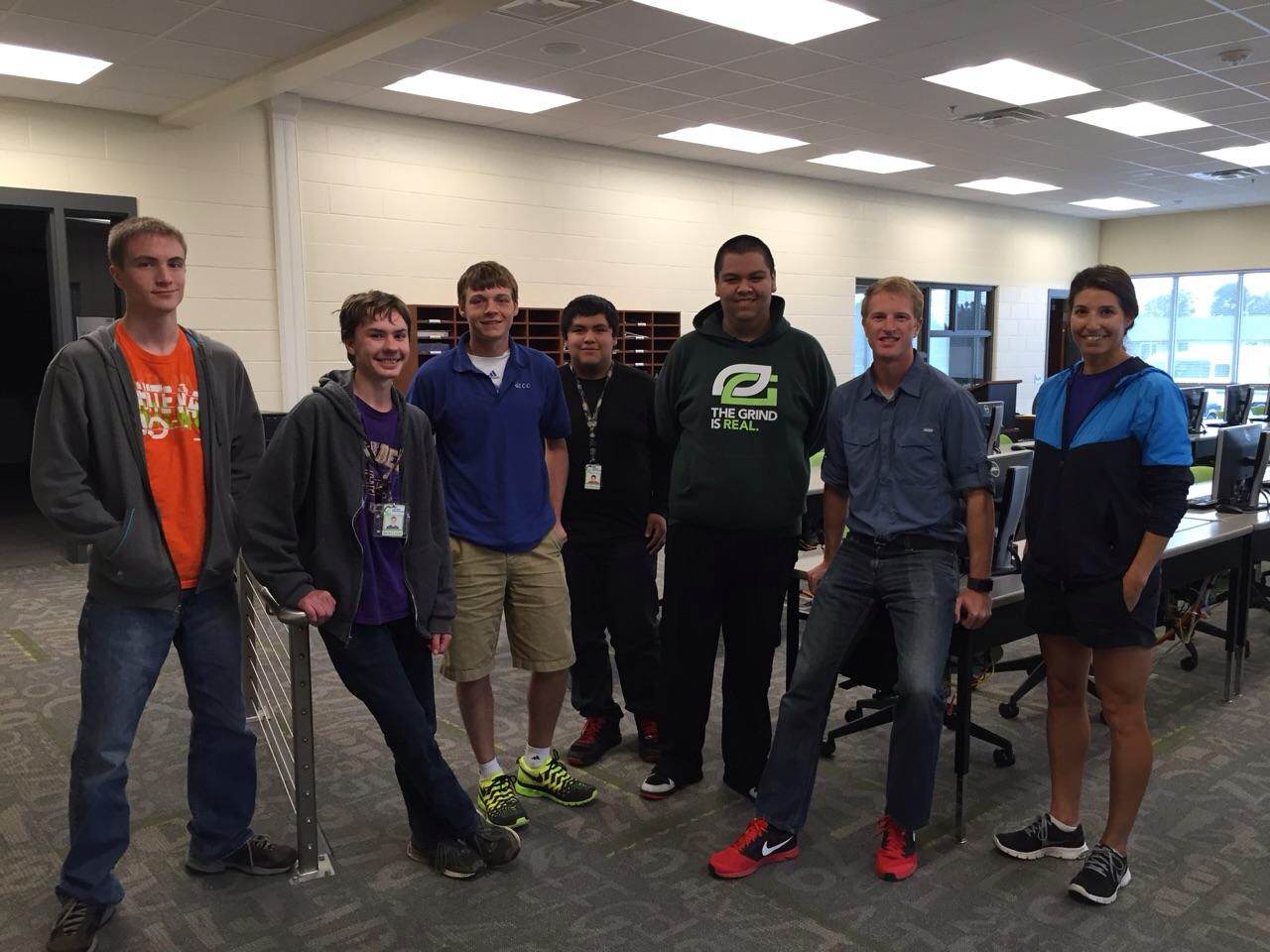Wyoming Community Success Stories: Part II
Here we have the second half of our Wyoming success stories. Enjoy!
Energy & Wildlife Conservation efforts:
Wyoming’s extraordinary wildlife and natural resources provide a platform for cooperation. At the academic level, the University of Wyoming is home to the Berry Biodiversity Conservation Center, Energy Innovation Center, and Ruckelshaus Institute. The University is a national leader in research on fluid movement through unconventional media (e.g., water and oil flow through the ground).
Jackson has tried to modernize their town to mirror their incredible natural and sustainable surroundings. In 2006 Jackson leaders requested an energy audit ($40,000) and in 2009 World Bank Chairman Wolfensen challenged Jackson to become the most energy efficient town in the nation. The town created the ‘10x10 program’ (10% energy reduction by 2010), which morphed into the ‘40x20 program’ (40% energy reduction by 2020). While the city did not meet the goals laid out in the 10x10 program, public departments have been reducing energy use thorough efficiency, human training, and electricity generation methods, and are on track for the 40x20 goal.
Jackson resorts and private companies are following the town’s lead and reducing their energy footprint. The town has also partnered with Teton County and has begun generating hydro electricity from the Strawberry Creek Dam for 6 cents per kw/hr. The town has paid for these improvements through a sales tax (leveraging tourism dollars) raising 3.79 million for public facilities and a 1%, 10-year loan from the state. Jackson is additionally hoping to build a 1 MW solar station after capping the waste fill station.
There is an optional 1% sales tax “for the Tetons” in which local businesses can participate; this program was started by Patagonia in several communities around the country. In addition to the new electric motorcycles mentioned above, the Jackson police department installed a second battery in its car fleet to save gas and avoid idling. The Jackson planning department uses a natural resources overlay, which maps migration corridors, nesting habitats, vegetation, etc., which are incorporated into city and regional planning.
Across the state, many former environmental disaster sites are being cleaned up after previously unsustainable practices. In 1991, after years of poor waste management, Amoco closed its Casper oil refinery, a notoriously toxic site. The land was redeveloped to build the Three Crowns golf course, a business park, and a conference center. Though area projections put a 400-year timeline on complete natural reclamation, this was a positive step for a once heavily damaged environment.
Community Engagement, Investment, & Events:
Old Bill’s Fun Run is an annual philanthropic event that includes a two-month giving period and concludes with a day of community celebration and a 5k/10k fun run. Since 1997, Mr. and Ms. Old Bill have inspired and challenged Jackson Hole with a 19-year, $9 million matching grant to raise money for local non-profits. With the help of many community members this event has raised over $100 million for the ~250 area nonprofits.
In the past decade, Dubois has passed one bond, received matching funds from the state, and collected donations to build an arts & conference center ($120,000 bond), library, medical center, fire hall, assisted living and fitness center, and school buildings. In line with the presence of over 60 tech companies in town, a new Tech Park is being built north of the University of Wyoming in Laramie. A quarter of the park is owned by the University for use as a 2nd stage business think tank facility.
Wyoming has a permanent mineral trust fund that finances mineral development and local businesses. Funds are distributed by the State Loan and Investment Board (SLIB), which is comprised of the five elected statewide officials (the Governor, Secretary of State, Superintendent of Education, Treasurer, and Auditor). The state continues to improve infrastructure. For example, to create a ‘unified network’, the state is upgrading to a 100 GB internet backbone, changing from IPv4 to IPv6 at a cost of $1.5 million.
Wyoming offers support for disabled individuals outside of school. Thanks to $20 million in funding from the state legislature, the waiting period to receive key resources was reduced from 6 years to 18 months. Support for community organizations is reflected across the state: in Laramie, University of Wyoming employees voluntarily donated a portion of their paychecks to the Albany County United Way, a fundraiser in Casper raised $1 million for the local Boys and Girls Club, and many towns participate in annual community service days.


